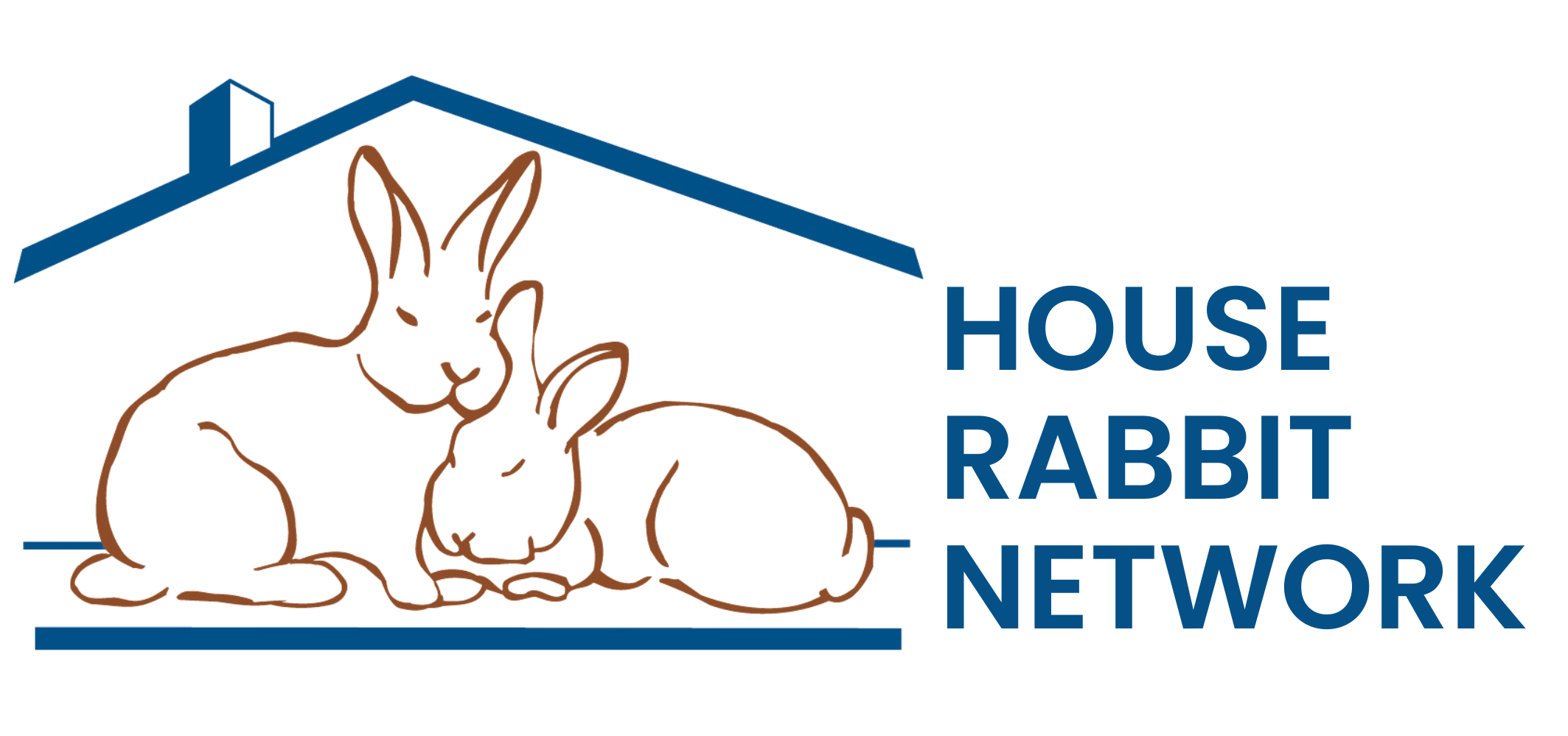How to Choose a Good Pellet
Pet stores abound with a variety of pellets for your rabbit. While many people feel that they are all good, this couldn’t be further from the truth. Companies realize that the average person, and average pet store employee, haven’t a clue on how to determine a good pellet from a bad one. Here are some things for you to look at.
Protein: In general, the lower the protein level, the better. I try to get a pellet that is 14% protein. You can go up to 16%, but I wouldn’t go any higher than that. There is one exception to this rule; long-haired breeds such as angoras, jersey wooleys, etc., need more protein for their long fur. They should have a protein level of 16%.
Fiber: The higher this number is, the better. I try to get at least 25%, but make sure you get at least 20%.
Fat: Rabbits should have very little fat in their diets. Aim for a brand that is 1-1.5% fat. Unfortunately, there are brands that are 5% fat. This is way too high for your house rabbit.
Calcium: Here you want a low number, below 1%. For most rabbits, around 1% is adequate. However, if your rabbit has bladder, sludge, or kidney problems, you will want to make this number as low as possible. There are some brands that are .5% calcium.
No Junk!: Too many brands come with treat foods in them. They may have beans, nuts, or pieces of dried fruit. This is nothing more than junk food for your rabbit and may actually cause harm. You should always avoid these products.
It can be difficult to find a pellet that matches all of the requirements. In that case, try to choose one that is as close as possible. Focus on the factors that are most important to your needs. If you have a rabbit with kidney/sludge problems, then get a low calcium number. If your rabbit is obese, concentrate on low fat and high fiber. For rabbits with gut problems, I would want high fiber. Most importantly, remember to stick to a straight pellet, without any of the “treats”.
by Suzanne Trayhan
